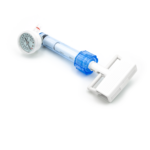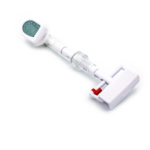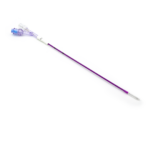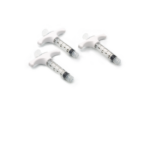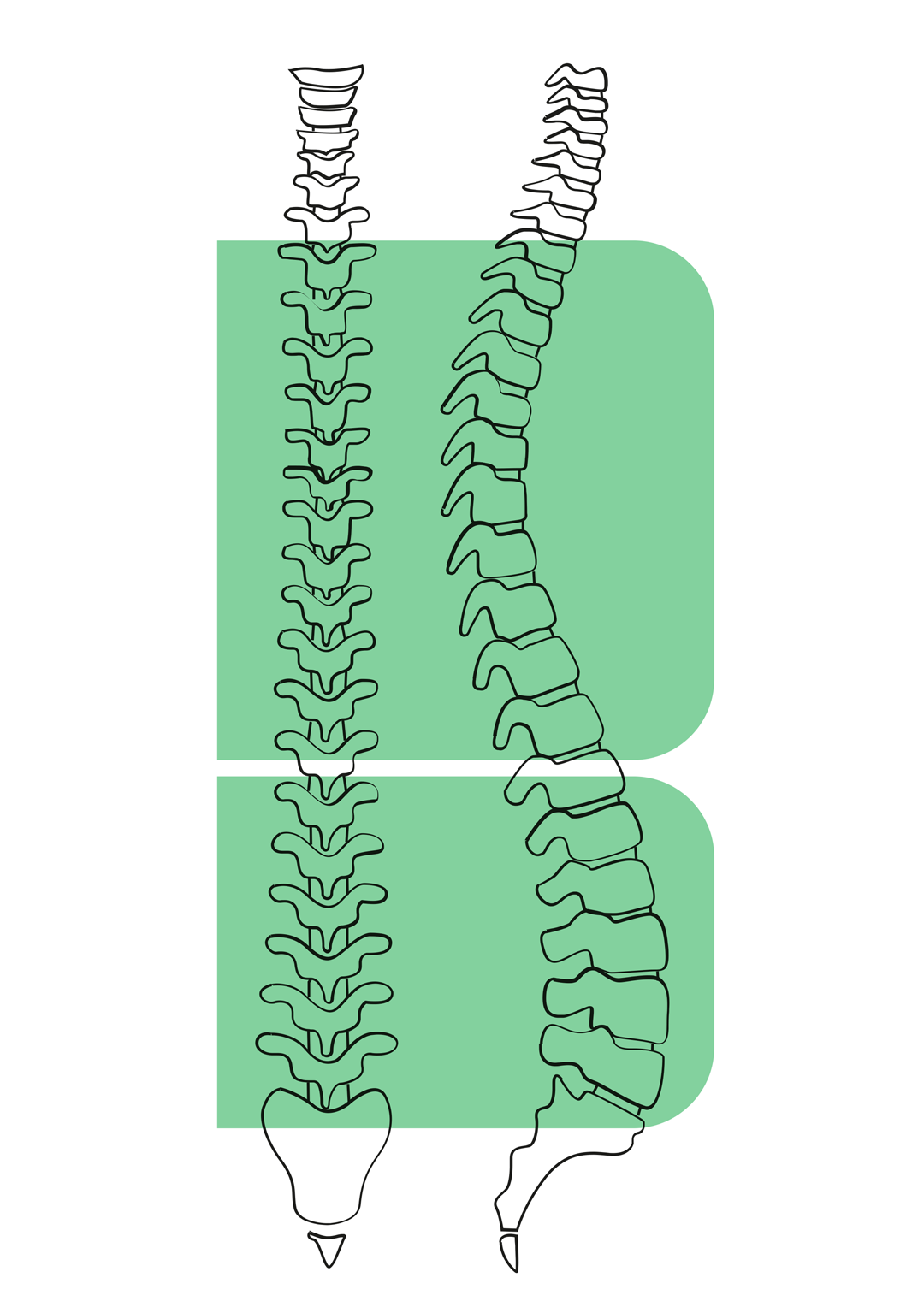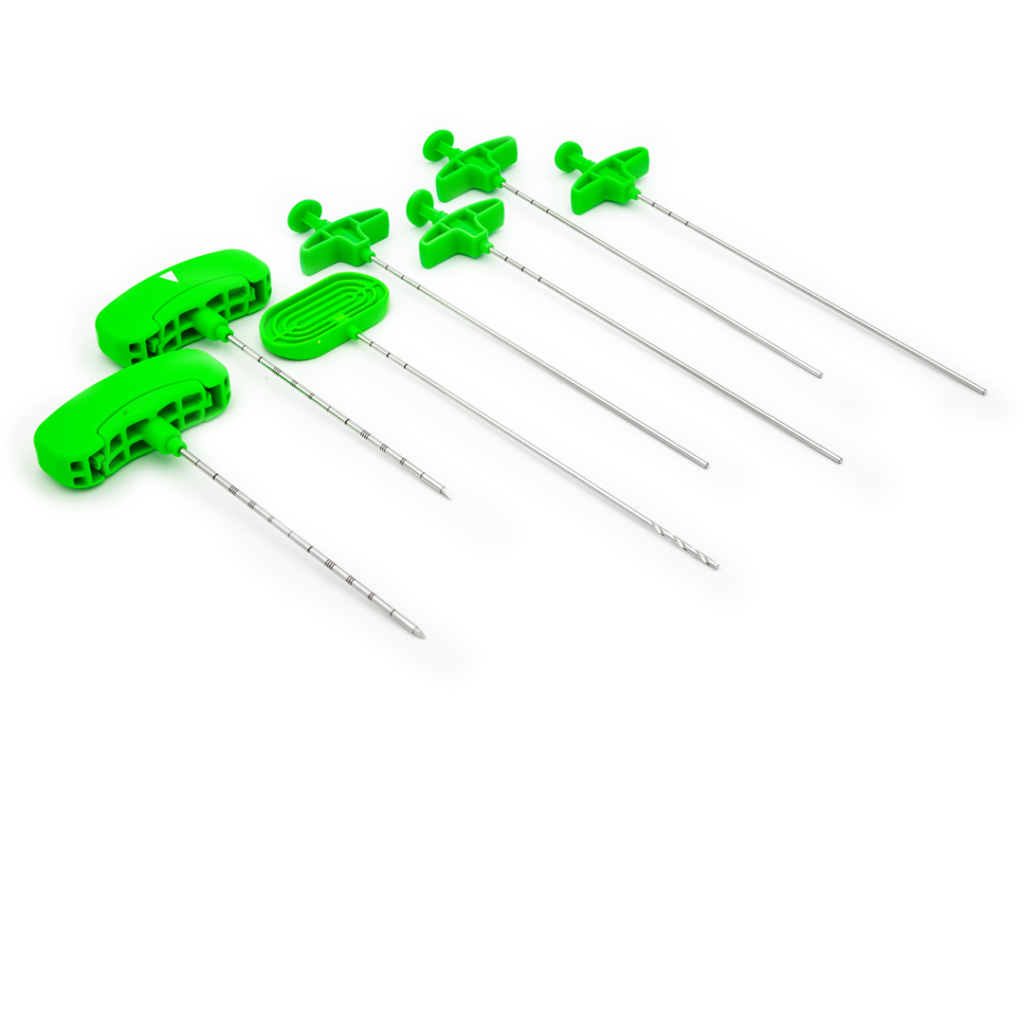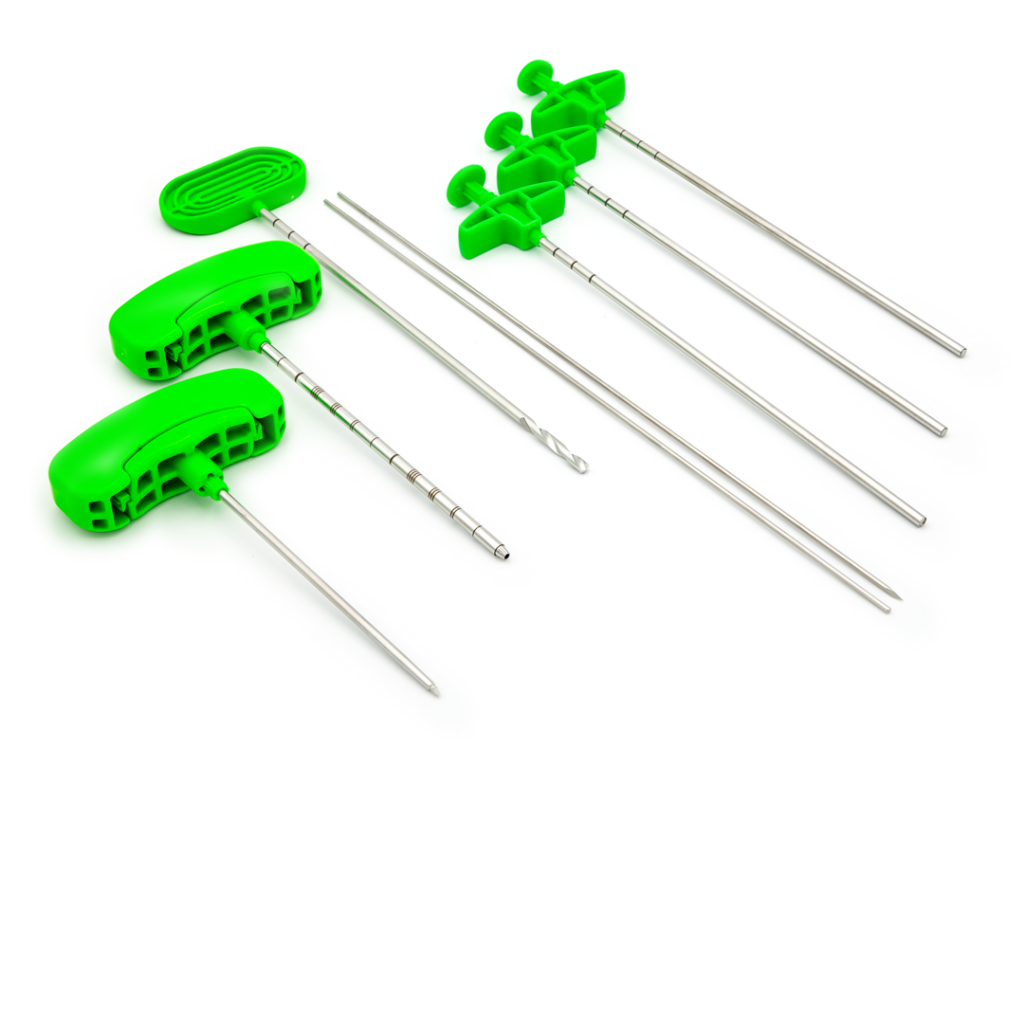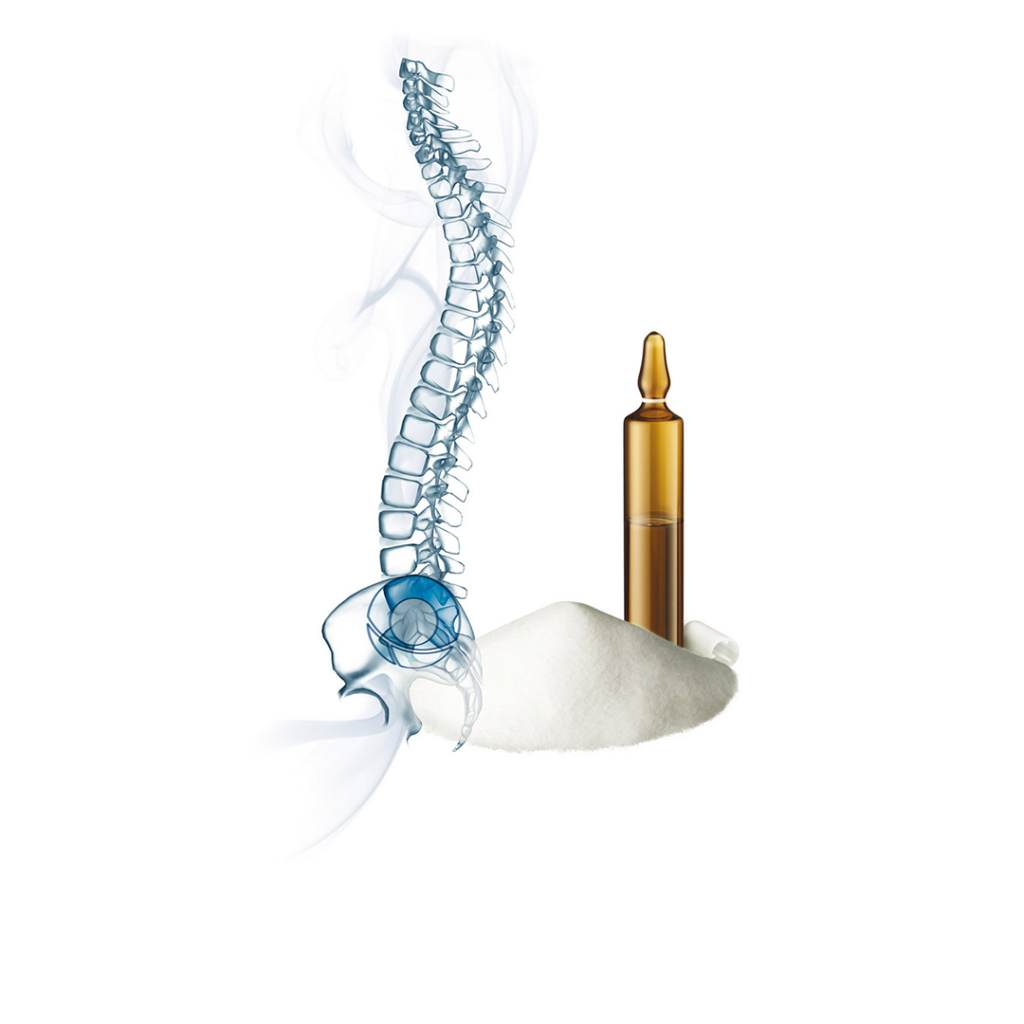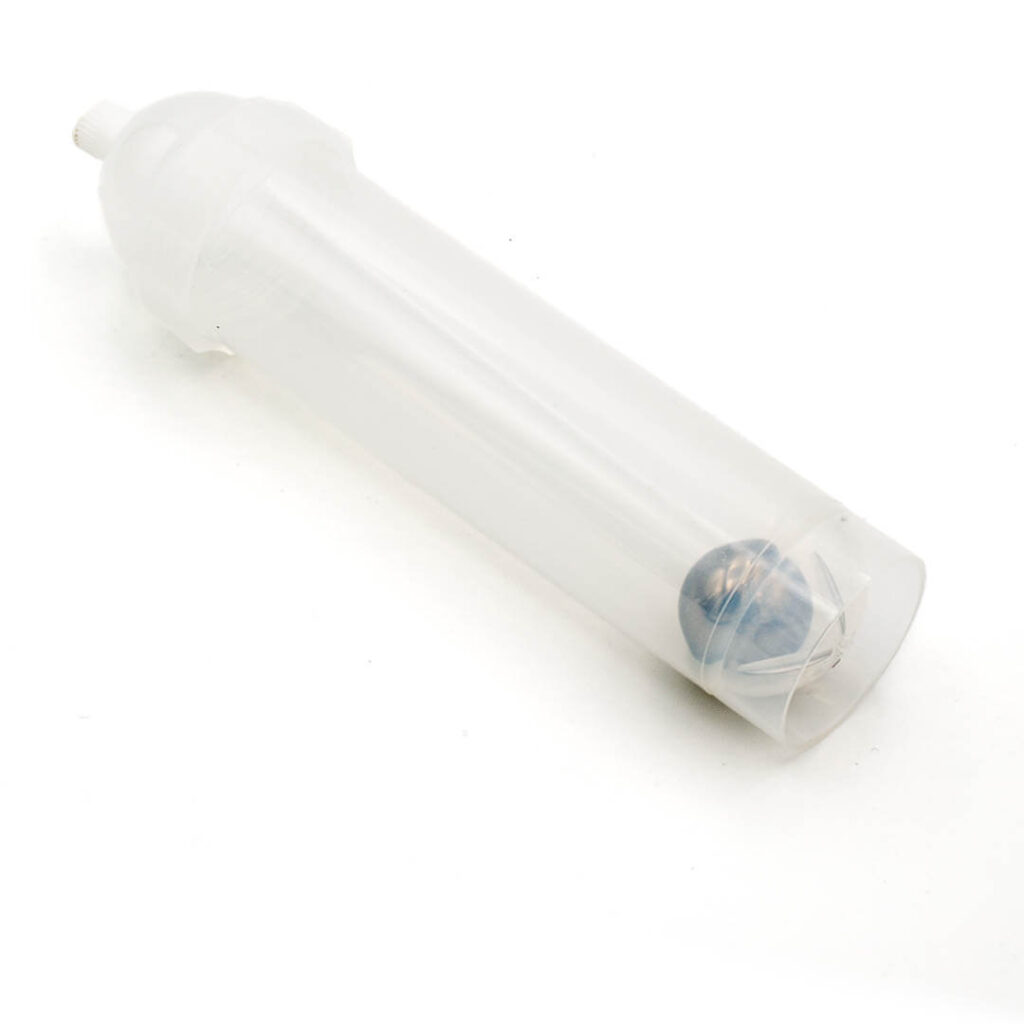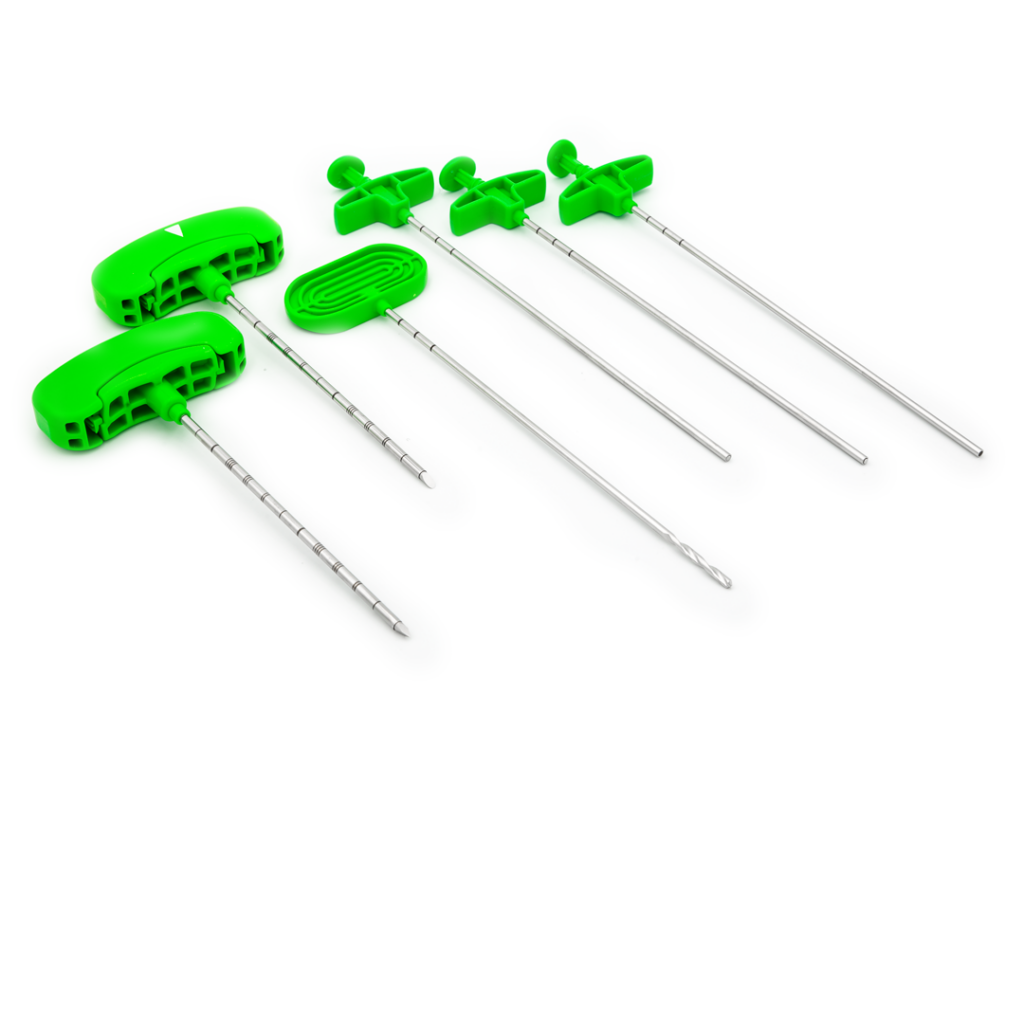
RENOVA SPINE™ 11G
Kyphoplasty kit
- Minimally invasive surgery: patient recovers faster;
- Fast approach: kyphoplasty procedure with direct vertebral access and reduced number of surgical steps;
- Percutaneous: less invasive and less traumatic treatment;
- Reduced profile of both cannula and balloon catheter;
- Cavity creation: minimised risk of cement leakage;
- Vertebral body height restoration;
- No metallic implants left in situ;
- Reduction in morbidity and fast functional recovery;
- Suitable from the lower thoracic to the lumbar vertebrae.
A vertebral compression fracture (VCF) occurs when the vertebral body fractures and collapses due to osteoporotic conditions, tumours (e.g. myeloma) or trauma.
The principle of kyphoplasty is to restore vertebral body anatomy gently and progressively by inflating balloons and then reinforcing the vertebra with cement. The balloons create a cavity within the vertebral body, compressing the cancellous bone and thus limiting the risk of cement leakage from the vertebral body.
The balloon catheter is then deflated, and the cavity created is now filled with bone cement, avoiding any leakage.
Surgical technique – FAST APPROACH
Approach & Initial Access
- The approach can be extrapedicular or transpedicular.
- Under fluoroscopy, insert the fast-working cannula into the vertebral body until firmly placed (~3mm depth).
- Hold the cannula in place, remove the stylet, and leave the working cannula in position.
Creating the Pathway
- Insert the drill through the working cannula and into the vertebral body.
- Rotate 180° clockwise and counterclockwise to create a pathway for the balloon, then remove the drill.
Balloon Inflation
- Connect the balloon catheter to a preloaded inflation system (contrast medium-to-saline ratio: 1:2).
- Under fluoroscopic guidance, insert the balloon catheter through the working cannula and position it correctly (AP & lateral view).
- Inflate the balloon to the desired volume or maximum measurable pressure, then fully deflate by unscrewing the handle.
- Remove the deflated balloon catheter.
Cement Preparation & Injection
- While inflating the balloon, begin cement preparation, if necessary.
- Load Luer-lock syringes with bone cement and transfer it into a bone filler.
- Inject cement through the working cannula, using a plunger for controlled delivery.
- Once the cement is placed, remove the bone filler, reinsert the stylet, and carefully extract the working cannula.
| TOOLS | SINGLE COMPONENTS CODES | KIT FOR MONOLATERAL APPROACH | KIT FOR BILATERAL APPROACH |
| RENOVA SPINE™ kyphoplasty working cannula and bevel tip | RESWB1112C | 1 | 1 |
| RENOVA SPINE™ kyphoplasty working cannula and trocar tip | RESWTR1112C | – | 1 |
| RENOVA SPINE™ kyphoplasty drill | RESDRI1112C | 1 | 1 |
| RENOVA SPINE™ balloon catheter | 10 mm: RESB10PM – RESB10J | 1 | 2 |
| 15 mm: RESB15PM – RESB15J | |||
| 20 mm: RESB20PM – RESB20J | |||
| RENOVA SPINE™ bone filler | RESFIL1112C1 | 3 | 6 |
| Syringes (2,5 ml) | SI02.5L/L-A | 4 | 4 |
| Inflation device: digital or analog | Digital: K05-03069 | 1 | 2 |
| Analog: INFLA30 |
RENOVA SPINE™ 10G (AVAILABLE ONLY FOR THE USA)
| TOOLS | SINGLE COMPONENTS CODES | KIT FOR MONOLATERAL APPROACH |
| RENOVA SPINE™ kyphoplasty working cannula and bevel/trocar tip | RESWBTR1112C-US | 1 |
| RENOVA SPINE™ kyphoplasty drill | RESDRI1112C-US | 1 |
| RENOVA SPINE™ balloon catheter | 10 mm: RESB10J | 1 |
| 15 mm: RESB15J | ||
| 20 mm: RESB20J | ||
| RENOVA SPINE™ bone filler | RESFIL1112C1-US | 3 |
| Syringes (2,5 ml) | SI02.5L/L-A | 4 |
| Inflation device: digital | Digital: K05-03069 | 1 |

